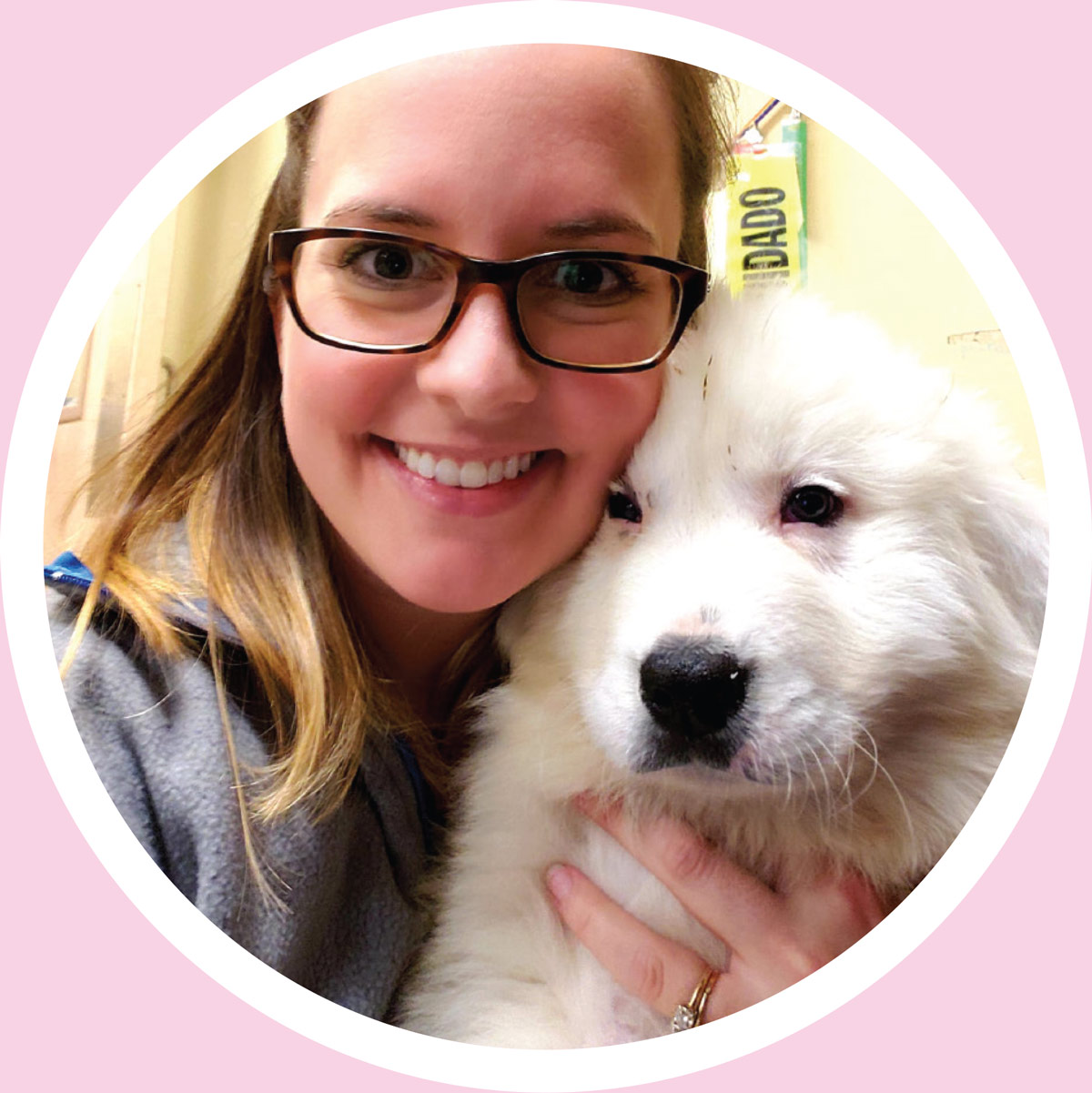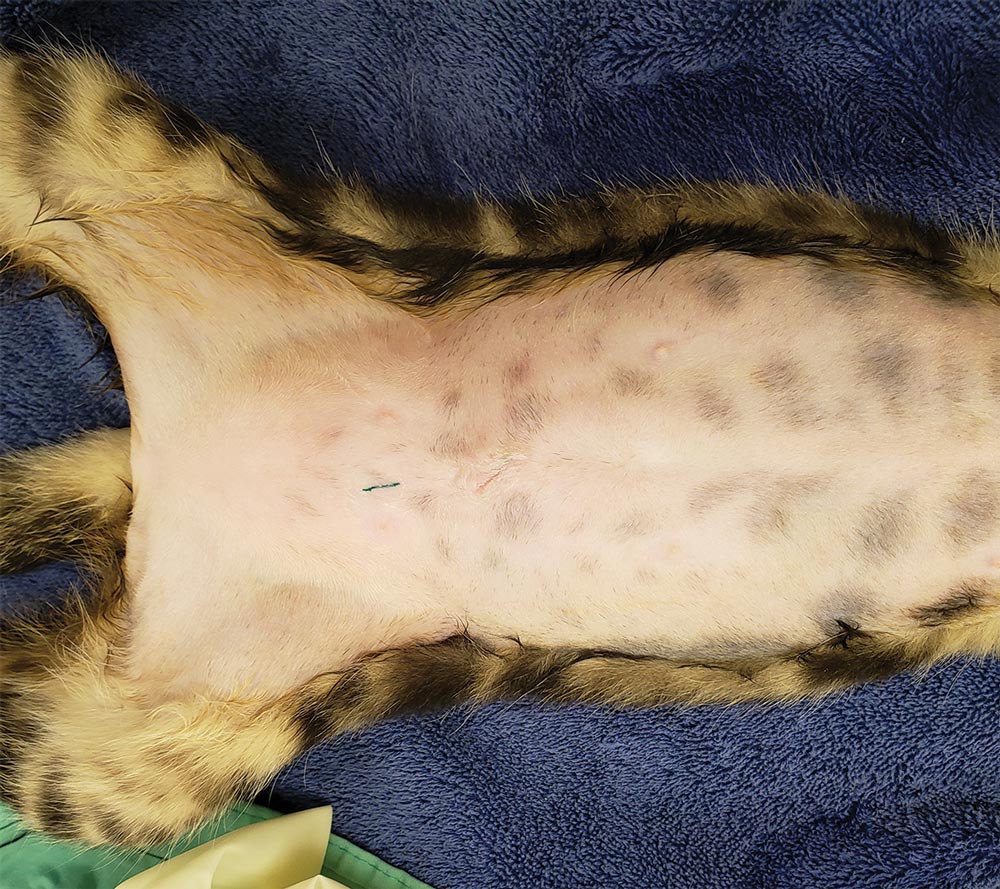


Photos provided by Dr. June Long

 f you could simplify animal sterilization and make it quicker and safer, wouldn’t you do so?
f you could simplify animal sterilization and make it quicker and safer, wouldn’t you do so?
Dr. June Long, creator of “The Six Minute Spay,” has completed more than 27,000 spay/neuter surgeries in her career and has this to say about why streamlining the surgery process was so important to her: “By shortening the sterilization process, the animals are under anesthesia for a shorter period of time, and the incision is shorter, which makes the recovery process easier for the animal.”
In addition, this means you can perform more surgeries in less time, making a bigger dent in the pet overpopulation community. Or, if you’re in private practice, it frees up more time for other appointments or responsibilities.
Dr. Long was introduced to a simplified sterilization procedure while training at the ASPCA Spay/Neuter Alliance and recognized it could be made even simpler.
She says, “Over time, I have used what I have learned from multiple mentors and kind of tweaked things so that my technique works best for me; however, I will say, along the way, I have found through trial and error a couple of additional tips and tricks!
“The most efficient way to organize the surgery process is to have different stations,” continues Dr. Long. “More specifically, one person induces the animal for surgery, a separate person preps and scrubs in an animal for surgery, and one or two people monitor patients under anesthesia, and that are recovering from anesthesia, so each person has their own job and they do the same job over and over again all day long.”
While this assembly-line approach works well in high-volume settings like a spay/neuter clinic day, it doesn’t work as well in private practice. Veterinary staff in a private practice are likely to have multiple jobs, and the sterilization process could take twenty or thirty minutes per patient. However, veterinarians in every setting can learn The Six Minute Spay techniques through the online course that Dr. Long created, which is RACE approved for 10 hours of veterinary CE credits.
“My goal with The Six Minute Spay course is to provide a reference for a condensed amount of cases that address the most common challenges I see in surgery,” she shares. “Using video lectures, students can see my decision-making process in real-time and see ways to overcome difficulties. This empowers my students and gives them a frame of reference that they can pull from if they are ever in a similar situation.

 My goal with The Six Minute Spay course is to provide a reference for a condensed amount of cases that address the most common challenges I see in surgery.
My goal with The Six Minute Spay course is to provide a reference for a condensed amount of cases that address the most common challenges I see in surgery.
– Dr. June Long
Some of those complications that are addressed in the course include pediatric spays and neuters, torn pedicles, in-heat spays and much more.
Dr. Long goes on to express the importance of assessing every animal before surgery: “Things I look for in particular are the animal’s age; if they have any significant medical history, such as previous surgeries, or history of seizures or blood disorders. I also want to know if they are currently on any medications that could interfere or react with anesthetic drugs, or postoperative pain medications. I also like to ask about any previous litters as this gives me some clues of what to look for and helps me adjust my surgical plan. If the animal’s history or signalment calls for it, I require diagnostics such as bloodwork.”

She says, “Being a high-volume surgeon exposes me to many difficult cases in a short period of time, and it makes me more confident to take on difficult cases in the future. A general practice veterinarian may only have a few challenging cases a year.
“In school, we are taught what to do in the ideal situation, which is a wonderful foundation for a veterinarian’s surgical education,” Dr. Long continues. “However, in the real world, no surgery is the same. What I appreciate about challenging cases is that they teach me something every time.”
To learn more about The Six Minute Spay or to enroll in the course, visit 6minutespay.com

